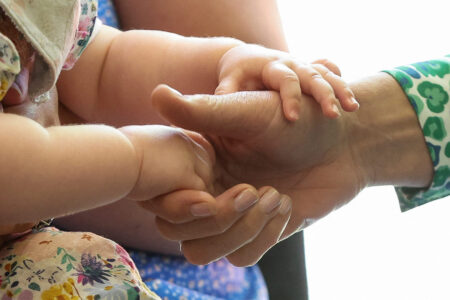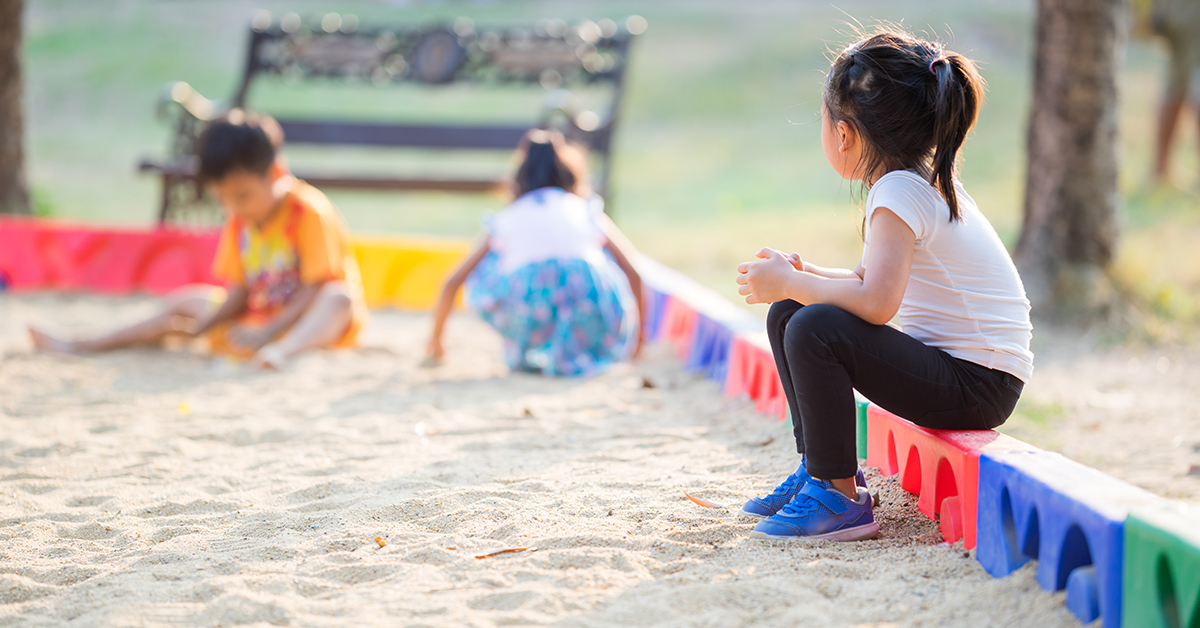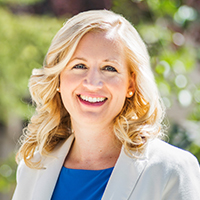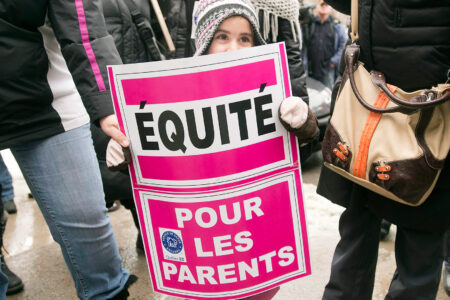
The date for the federal budget has been delayed indefinitely by the COVID-19 pandemic, but once Parliament resumes sitting, the budget will be written to reflect the obvious – the response to the pandemic – along with the other priorities of the Trudeau government: reducing poverty, tackling climate change and gun violence. These are all significant initiatives, but what remains unclear is what the government plans to do to invest in the most vulnerable members of society: Canada’s children.
One of the many things the COVID-19 crisis response has revealed is the gaps in the patchwork of approaches for care and protection of children across Canada. A federal children’s commissioner would provide much needed leadership and ensure better coordination between federal, provincial and municipal governments to ensure that no child gets left behind.
Kids represent a quarter of Canada’s population and 100 percent of our future, but they can’t vote. Children cannot cast a ballot for the leaders who set the laws and policies that can help or hinder their fate. Arguably this is one of the reasons why kids’ issues don’t figure prominently in election campaigns, political platforms or mandate letters. If kids can’t vote, their opinions don’t count.
Kids remain the only disenfranchised members of Canadian society, making it even more important that their interests and concerns be given due attention by our elected officials and policy-makers. When the Minister of Finance prepares to issue his 2020 budget, it is imperative that parliamentarians and the government consider the urgent threats to Canada’s children and invest in three proven, effective strategies that would measurably improve the lives of the 8 million kids living in Canada.
The first would be establishing an independent commissioner for children and youth, to provide a nonpartisan and evidence-based approach to improving children’s well-being and ensuring the protection of their rights. Children’s commissioners have been established in close to 60 countries around the world, and the best practice models have these features: they are independent; their offices are established in legislation with clearly defined powers and duties; they report to Parliament annually; they have a broad mandate to investigate, raise awareness and monitor progress; and they have a statutory obligation to listen to and involve children.
The second is a national strategy for children led by the federal government in consultation with the provinces and territories, to address the current patchwork of approaches and ensure that kids have access to equitable services from coast to coast to coast. For more than a decade Canada has lacked a coherent policy framework for kids; this policy void has contributed to a marked decline in key indicators of child health. Between 2007 and 2017, Canada fell from 12th to 25th place among OECD countries for child well-being. The development of a national policy for children would spell out the priorities, targets and responsibilities for the various governments to make measurable progress for kids.
The third critical component would be publishing a children’s budget, which would ensure that adequate resources are being directed toward evidence-based strategies to improve children’s well-being. Children’s budgets have been developed around the world as a powerful tool to strengthen transparency and accountability for how federal expenditures impact kids. In Canada, the application of the Gender-Based Analysis Plus (GBA+) process has made great strides toward achieving gender equity in policy-making, and it’s high time that the same level of rigour is applied in regard to children.
These three strategies would make a meaningful contribution in the lives of all kids in Canada. They would need to be developed within a nation-to-nation framework, respecting and including the self-governance rights of Indigenous peoples and addressing the grave inequities currently faced by First Nations, Métis and Inuit children and youth.
The leading causes of death for kids ages 1 to 17 in Canada are preventable injuries and accidents, followed by suicide. If that statistic doesn’t shake our nation to the core, what will?
While it may be tempting for parliamentarians to put these strategies on the back burner when faced with so many competing priorities, Canada simply cannot afford to maintain the status quo when it comes to our kids. The latest Raising Canada report by Children First Canada and the O’Brien Institute for Public Health revealed that one-third of kids do not enjoy a safe and healthy childhood, and there is a moral and economic cost to be paid by all Canadians.
The leading causes of death for kids ages 1 to 17 in Canada are preventable injuries and accidents, followed by suicide. If that statistic doesn’t shake our nation to the core, what will? Equally unsettling is that one-third of Canadians experience child abuse before the age of 16, and the impact of childhood trauma due to abuse costs Canadians an estimated $23 billion annually. One-fifth of children and youth have experienced cyberstalking, cyberbullying or both.
Canada’s infant mortality rate is one of the worst in the OECD, ranking 30th among 44 nations, with rates of infant deaths being particularly high in Northern Canada. Immunization is the most cost-effective public health measure of the last century, yet one-quarter of Canadian kids are not fully vaccinated by age two. A quarter of kids are obese or overweight, and a third do not get the amount of daily physical activity stated in guidelines. Not only are there immediate health implications for these kids; these health problems also result in lost productivity in adulthood, with an implied total loss in income of $22 billion per year.
More than 10 percent of families with kids under age six experience food insecurity, and 1.35 million children are growing up in poverty. The latest Report Card on Child and Family Poverty in Canada revealed that status First Nations children living on reserve and off reserve experience the highest poverty rates, 53 percent and 41 percent respectively. Across Canada, 32 percent of non-status First Nations kids live in poverty, along with 25 percent of Inuit children and 22 percent of Métis children.
Indigenous kids are far more likely than their non-Indigenous peers to experience violations of their rights. There are more First Nations kids in care today than at the height of the residential school system, and the federal government has failed to comply with the 2016 Canadian Human Rights Tribunal decision that found that Canada discriminates against First Nations children, and with subsequent noncompliance orders.
This is not the childhood that most Canadians imagine for our children. The kids are not all right, but what are federal leaders going to do about it? A review of the federal ministerial mandate letters reveals very little. The commitments made don’t begin to scratch the surface of what is truly required to make Canada a world-leading country for kids.
Canadians expect more of our leaders, and it’s time for the government to act. An overwhelming 91 percent of adults agree that Canada should put a high priority on improving the well-being of children, and 75 percent support the creation of a commissioner for children and youth. When asked how effectively children are represented and engaged in the development of public policy, 74 percent of Canadians believe this vulnerable population is not well represented. We must do better.
There is widespread consensus among leading experts that implementing the three strategies described above would lead to swift and measurable improvements for kids in Canada. Our federal leaders must take action to address the conditions that are robbing so many children of their childhood — and our collective future. The solutions are readily available and can be achieved at comparatively little cost. The cost of inaction is far greater. What is needed now is the political will to make sure that all children in Canada can experience the childhood they deserve.
Photo: Shutterstock, by Teerawat Anothaistaporn.








